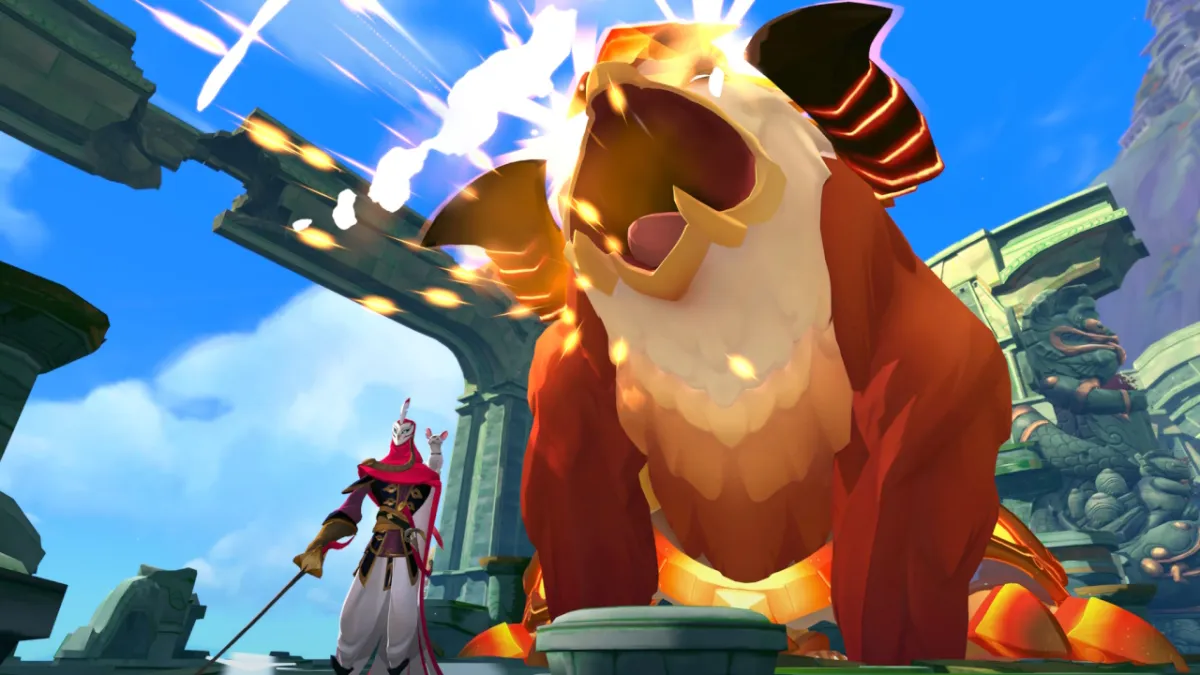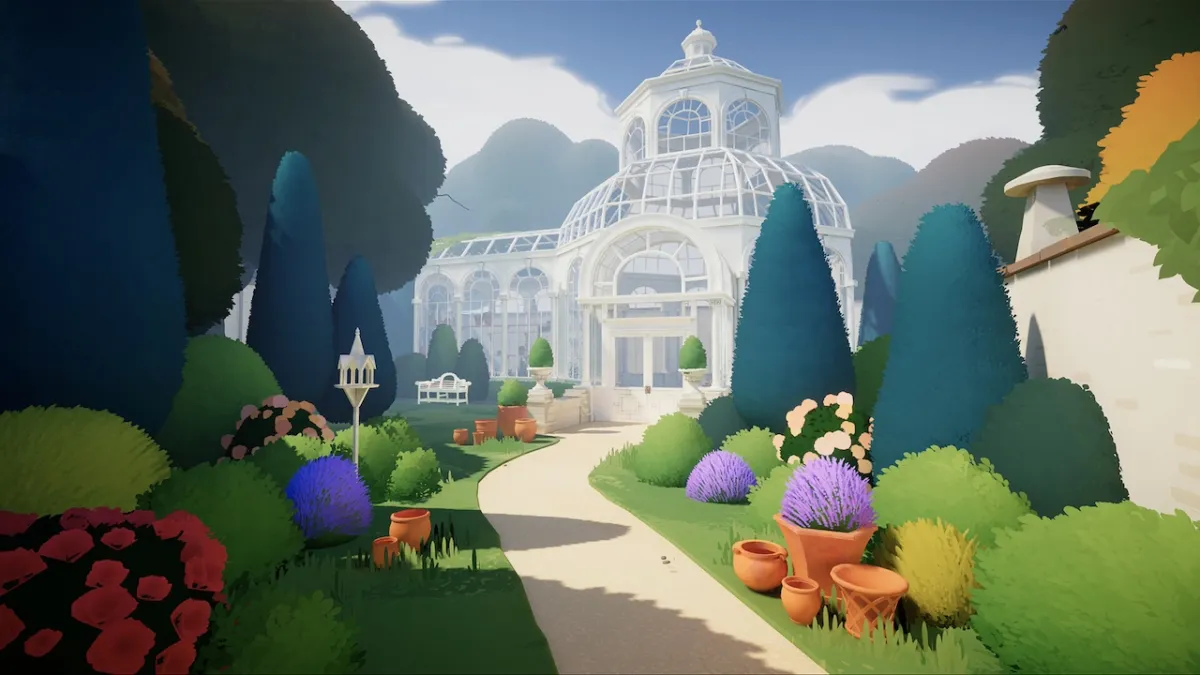Back in the misty swirls of October 2009 we ran a couple of AI War co-op diaries and an interview with creator Chris Park here at IncGamers. For one reason or another (probably laziness or drug-addled confusion) we didn’t get as far as running a review of the game itself.
Luckily for us, that decision now appears pretty smart. AI War is on its third expansion (Light of the Spire) and has just reached version 5.000; a release which the developers suggest will let the game ‘settle’ for while. If you take a look at the gargantuan release notes for the changes made between version 4.021 and 5.000, you’ll perhaps appreciate the level of post-release support the game has received from Arcen and why it makes sense to call a halt to the changes for the time being. I mean … just look at it. That list is insane.
Evidently, the game has changed a lot since we last played it. It’s worth mentioning here that the base updates (4.021 to 5.000 and so on) have always been free to owners of the original game. Purchasing expansions such as Light of the Spire will get players the extras specific to that add-on, but the core mechanics and balance tweaks are always available to all. To spell out what a deal this is, it’s kind of like getting every subsequent edition of the FIFA series for free after buying a ‘base’ version of the title. Or getting Fallout: New Vegas for nothing because you already own Fallout 3. Or having one of the designers of a game come around to your house, personally shake your hand and tell you what a splendid fellow you are.
So with the feature-creep put on hold for a while and an expansion newly released, it seems like a great time to try to assess AI War in its current incarnation.
The core of the game actually does remain the same. It’s a single player or co-op challenge, which pits players against a hostile space-AI in a style that most closely resembles real time strategy, but also incorporates ‘grand strategy’ and aspects of tower defense. When we spoke to Arcen’s Chris Park, he told us that the inspiration for AI War came from routinely exhausting the AI in other RTS titles (specifically, Supreme Commander 2.) The aim has always been to provide a game that will remain challenging for players beyond six months or so and one which avoids the usual AI ‘exploits’ that can kill the longevity of a strategy title. This, it seems, is still the case.
There’s no player-vs-player mode in AI War, so the game does not strive for a balance between opposing sides. You are outnumbered and outgunned from the start, and matters inevitably get worse as you progress. This isn’t frustrating in the same way that it is in, say, the Total War series, where an AI player ostensibly the same as you appears to get endless resource and military benefits simply for being the AI. In AI War, the AI opponents are truly alien – they use different structures, behave differently to a human player and have their own mechanics and responses to hostile expansion. When they inevitably swamp you and murder everybody on your home base, it makes sense from a gameplay perspective.
One of the most appealing aspects of the title is the level of customisation offered when setting up a game. Players pretty much define their own goals. Everything from the number of planets on the map, to the very style of map used, the level and type of enemy AI (turtle, ‘mad bomber’ and the like,) the complexity of military options and so much more can be altered. Pretty much anything up to and including the colour all your little units will use. As a result, you can create any number of game types to suit your needs. This kind of player freedom is important, as the game doesn’t really have a ‘story’ as such (though Light of the Spire does add one – more on that later,) and without the ability to set personal goals the title could seem a little cold and uninvolved.
Once you’ve figured out what kind of challenge you fancy (from ‘the AI is functionally braindead’ to ‘my home planet will probably be dead before the game code has finished compiling,’) you’re thrust into a series of activities that’ll be somewhat familiar to regular RTS players. It’s important to secure any wormholes in your home system, explore neighbouring ones, build up your military strength, then take stock of your resources (metal, crystal, knowledge and energy.) Resource management is handled somewhat automatically; metal and crystal are generated by harvesters in each system, while knowledge is slowly gathered by science stations and power plants provide the energy.
Pretty soon you’ll have your eye on a nearby system to expand into. These targets have to be chosen carefully, because while you may be able to sweep away the meagre defences at your selected system, acts of aggression provoke the AI to greater assaults against you. Every act of expansion is a careful balancing act between the possible gains (maybe an advanced factory that can improve your military strength) and the repercussions that may be sparked. By the mid-portion of the game you’ll be using transports to bypass enemy systems entirely, in order to get to a juicier target two or three wormholes away. Strategy in AI War largely boils down to selecting the ‘right’ systems to strike, and devising a sound tactical method of doing so without invoking the wrath of your technological foe. At the later stages of a higher-difficulty game (which can easily go on for ten hours or more,) you’ll be sending wave upon wave of smaller craft and starships into huge firefights with AI strongholds, while also having to fend off constant incursions into your own territory by making use of turrets and space minefields.
{PAGE TITLE=AI War: Light Of The Spire Review, page 2}
The game can get just as intense as it was back in October 2009 (or, of course, be more casual if you tone down the difficulty) but the sequence of updates released since that date have brought a multitude of improvements. Two that were immediately obvious are the more streamlined user interface and (as I refamiliarised myself with the game) superior tutorials. The lengthy (a good two hours or so) final tutorial is a decent primer on how to conduct some of the more advanced tactics in the game, while the earlier ones do a good job of covering the basics. There are now many, many more ship-types than before and fleets can be put in ‘free-roam defence’ mode, which I’m pretty sure wasn’t present in the version I’d played previously. Add to this innumerable tweaks which would be a struggle to individually pinpoint but are listed on that massive changelog linked to earlier, plus the addition of things like the option of minor factions in the campaign and it’s clear how far AI War has advanced.
The Light of the Spire expansion takes matters even further, introducing two brand new modes of play to the game. For the first time the campaign offers a story mode, tasking the player with discovering and recovering parts from an ancient civilisation and bringing its power to bear in your conflict with the AI. Although the actions of recovering and escorting the Spire technology can get a touch repetitive, it’s great to have a more structured gameplay option available and this hopefully points towards other narrative-led campaigns in the future. LotS also brings a ‘Defender’ mode, a more explicitely tower-defence inspired method of play which challenges players to simply stay alive for the designated length of time (from 15 minutes to a matter of hours.) Try setting it to an hour long game with a couple of deadly high-level AIs and selecting multiple starting planets – then sit back and watch as it consumes them all like a vicious, corrosive virus. Losing creatively is, after all, half the fun.
LotS is a fine expansion to what is already a terrific game. The robo-cherry atop its all-conquering and relentless AI cake. Granted, there’s a pretty steep learning curve to overcome before you can get the most out of the title, but if you can cope with an average RTS, you can cope with this too. It’s somewhere between a Paradox Interactive hardcore, turn-based strategy title and something like Tropico 3 in terms of the time you’ll have to dedicate to learning it. The sheer number of hotkeys you’re encouraged to memorise can be daunting at first, but if you see the tutorials through and launch yourself into a moderate-difficulty game, you’ll probably find yourself using more and more shortcuts and relying less on the external interface (which is good, because some crucial things like free-roam defence seem only to be mapped to hotkeys.) There’s also a minimum tech-savvy barrier to hosting a game, which means you should probably play with people who don’t spin their eyes in crazy circles when you mention ports and IP addresses.
Those are fairly minor concerns though, and it’s unbecoming to criticise a game for being in-depth when it does a decent job of explaining and teaching those complexities. Having played this title at two distinct points in its life cycle what really stands out is the incredible dedication of Arcen Games in keeping one top of how the game evolves and expands. Even though a great many features have been added and tweaked and refined, it was possible for me to drop back into AI War after more than a year away and not find it to be a confusing mish-mash of feature overload. The post-release support is, quite honestly, the best I’ve seen for any game.
Thanks the generous nature of the free-to-all patch updates, it’s really up to you whether to opt for just the base AI War game or choose to dabble in one or more of the three expansions. My experience with LotS suggests it adds more than enough to be worthwhile, but version 5.000 of the main game contains so much that it may be enough to satisfy you. Whichever you choose to do, be aware that although the title is perfectly sturdy enough to work as a single-player game, to get the most out of it you should browbeat a group of reliable pals into a co-op campaign and prepare for an all-nighter. Alternatively, find some clueless pals who’ll blunder into the AI homeworld immediately and prepare for death. Either way will be a blast.
PS: That blast is your home base. Being blown up by the AI. While you weren’t looking.



